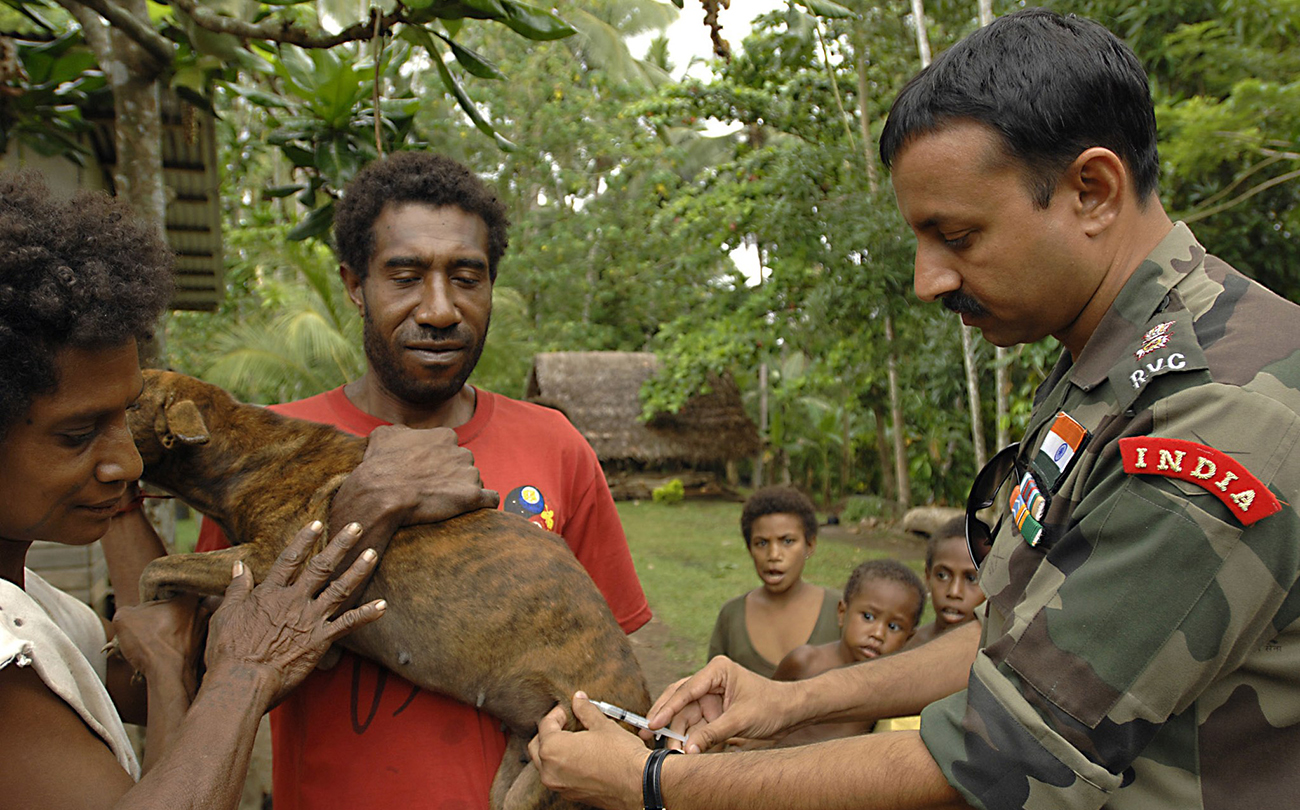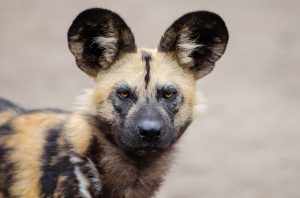
Today is World Rabies Day. Christl Donnelly explains why giving rabies vaccinations is the path to global eradication by 2030.
The goal of this global day is enhanced awareness spurring further efforts to prevent rabies, a viral disease that kills tens of thousands of people each year mainly in Asia and Africa. Two years ago, international organisations – including the World Health Organization and the World Organization for Animal Health – agreed to an ambitious, but achievable common goal: to end human deaths due to canine rabies by 2030. In fact, ‘Rabies: Zero by 30’ is the theme of the 2017 World Rabies Day.
Why today? 28 September 2017 is the 122nd anniversary of Louis Pasteur’s death. It was he who developed the first vaccines for both rabies and anthrax. All mammals can become infected with the rabies virus, and rabies is present on every continent except Antarctica. This can sound overwhelming. However, up to 99% of human rabies cases result from human dog bites. So what can be done to keep ‘man’s best friend’ from transmitting this fatal virus? Vaccination!
In terms of direct protection, there are safe and effective pre- and post-exposure vaccines available for humans. However, vaccinating dogs is the most cost-effective strategy for protecting people from rabies. International guidelines make clear that mass vaccination campaigns should vaccinate at least 70% of the dog population to stop both dog-to-human and dog-to-dog transmission of the virus. However, for some groups of animals 100% vaccination is required, for example, all pet dogs, cats and ferrets travelling into the UK.

Pierre Nouvellet and I have worked with colleagues on rabies in both African domestic dog populations and Italian fox populations. Happily, the rabies vaccine works in foxes as well as dogs, although the way vaccines are delivered is different. Fox vaccination is typically delivered orally through fox-tempting baits in which the vaccine is hidden within a tasty snack!
Achieving 70% vaccination in domestic dog populations isn’t always easy. Funded by the Wellcome Trust, Sreejith Radhakrishnan is about to start a PhD programme with me and Pierre Nouvellet. He will examine the feasibility of achieving the 70% vaccination target in dog populations in India. There is currently very little information on dog populations in India and what proportion are truly free-ranging. Sree will study dog ownership patterns in two study sites in Kerala, India. He will then undertake dog vaccination campaigns and estimate what proportion of the dog population was vaccinated at each site.
Vaccinating dogs is straightforward for those accompanied by their owners who can restrain them during vaccination, avoiding the need for sedation. However free-ranging/stray dogs have to be captured (either using box-traps or with the help of trained dog-catchers) to allow vaccination to be undertaken safely.
Sree is a veterinary surgeon and has worked in the Department of Animal Husbandry and the Department of Forests and Wildlife in Kerala. Furthermore, he has just finished his one-year MRes in Biomedical Research degree in the Epidemiology, Evolution and Control of Infectious Diseases stream here at Imperial. Thus, he is perfectly placed to undertake this work.

Canine rabies spreads to wildlife as well as to humans. Rabies has been seen to devastate populations of endangered species such as Ethiopian wolves and African wild dogs (Lycaon pictus). Sarah Hayes is also about to start PhD studies with me and Pierre Nouvellet studying rabies from a multi-species perspective. She has just finished her one-year MSc in Epidemiology here at Imperial and is funded by the Engineering and Physical Sciences Research Council (EPSRC) to study settings in which rabies transmits between multiple species, including Tanzania, Kenya and India.
‘One health’ is a concept grounded in the interconnections between human and animal health, encouraging collaborations between a range of medical, veterinary and scientific professionals. Rabies control definitely benefits from a joined-up One Health approach, with dog vaccination benefiting public health, livestock and wildlife. Let’s all work together to make ‘Zero by 30’ a reality!
Christl Donnelly is Professor of Statistical Epidemiology within the Department of Infectious Disease Epidemiology at Imperial College’s School of Public Health. Christl’s work brings together and develops statistical and biomathematical methods to analyse epidemiological patterns of infectious diseases, including Zika virus, Ebola, bovine TB and rabies. Christl also leads the Outbreaks Module on the MSc in Epidemiology. She is a Fellow of the Royal Society, a Fellow of the Academy of Medical Sciences and an Honorary Fellow of the Zoological Society of London.